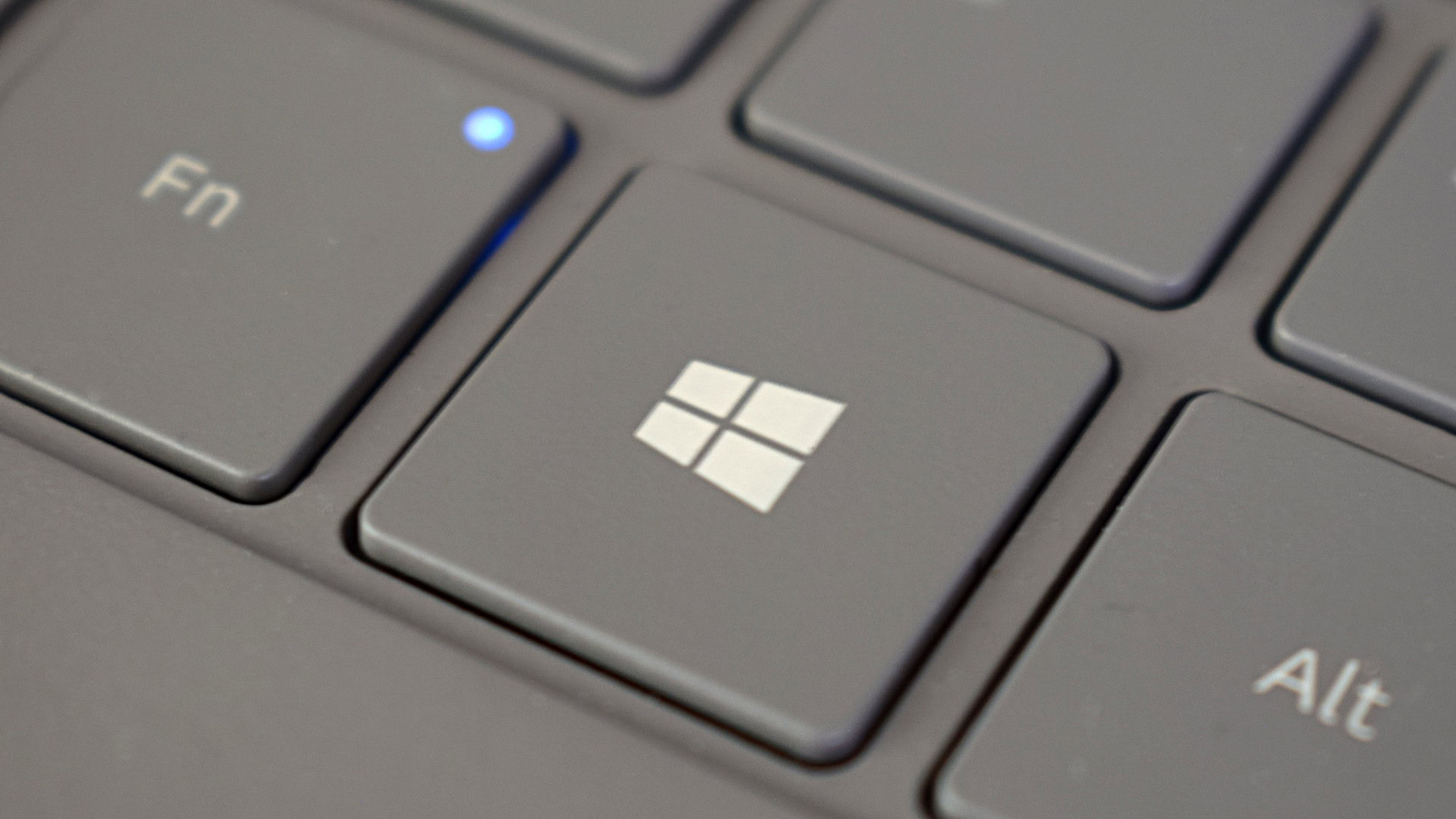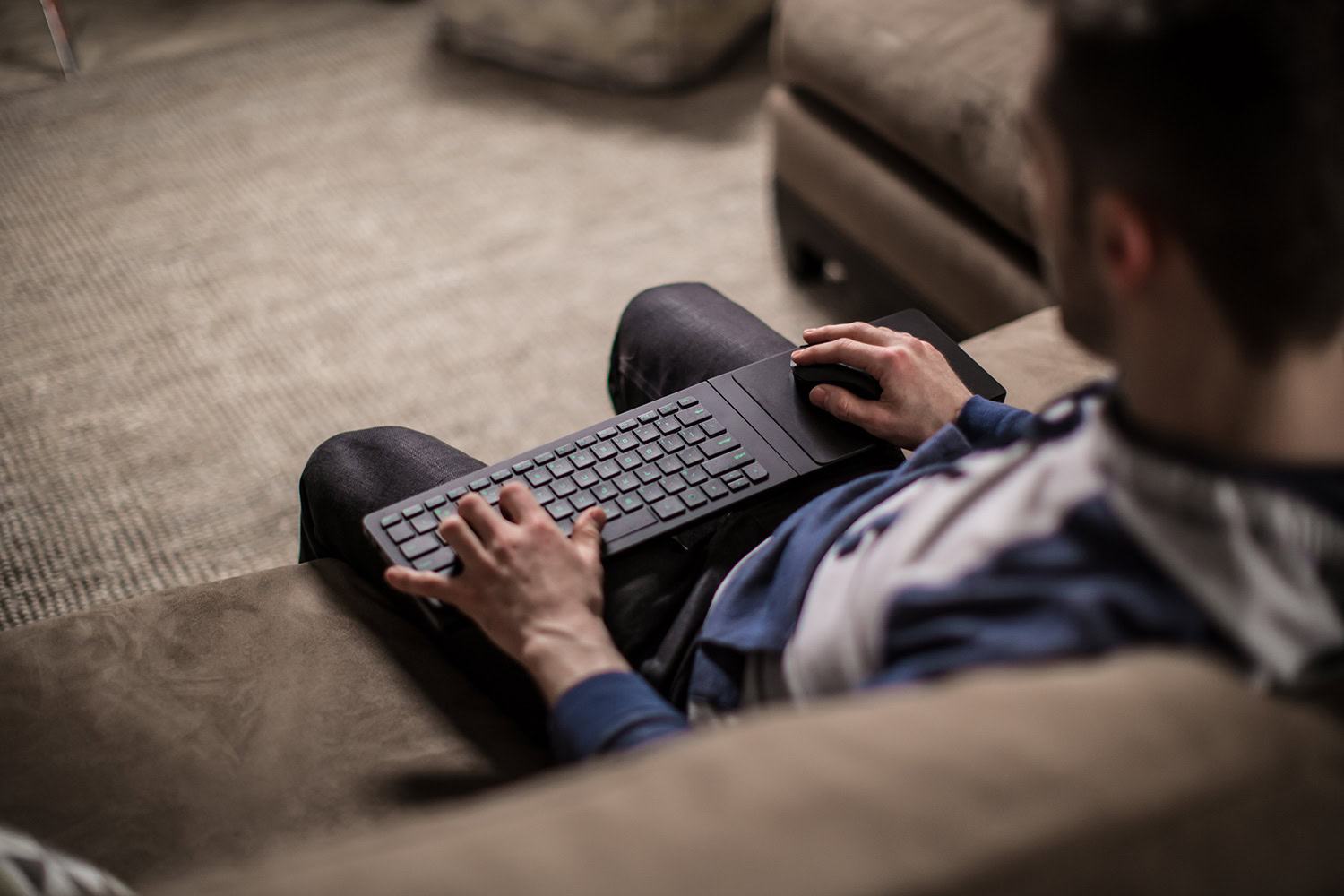Affiliate links on Android Authority may earn us a commission. Learn more.
Here's the Windows keyboard shortcuts you need to know
Windows key shortcuts are especially versatile.
By
•
Published onDecember 26, 2023
•
•

While people tend to think of Microsoft Windows as a mouse-driven operating system, the truth is that veterans use keyboard shortcuts all the time to speed things up, especially if they use their computer professionally. With that in mind, we’ve compiled a list of all the major shortcuts available — and where needed, we’ll tell you which ones only apply to Windows 11 instead of 10, or vice versa.
JUMP TO KEY SECTIONS
Ctrl key shortcuts

- Ctrl + X: Cut
- Ctrl + C: Copy
- Ctrl + V: Paste
- Ctrl + Z: Undo
- Ctrl + F4: Close the active document (in fullscreen apps that support multiple documents)
- Ctrl + A: Select every item in an app or window
- Ctrl + D: Delete
- Ctrl + E: Open Search (some apps may not support this)
- Ctrl + R: Refresh
- Ctrl + Y: Redo
- Ctrl + right arrow: Move the cursor to the beginning of the next word
- Ctrl + left arrow: Move the cursor to the start of the previous word
- Ctrl + down arrow: Move the cursor to the start of the next paragraph
- Ctrl + up arrow: Move the cursor to the head of the previous paragraph
- Ctrl + Alt + Tab: Open the app switcher — use Tab to switch between apps
- Ctrl + Shift + arrow keys: Move Start menu tiles or select a block of text
- Ctrl + arrow keys + Spacebar: Select multiple individual items in a window/desktop
- Ctrl + Esc: Open the Start menu
- Ctrl + Shift + Esc: Open Task Manager
- Ctrl + Shift: Switch keyboard layouts (when available)
- Ctrl + T: Open a new tab (in apps that support it, like File Explorer or Notepad)
- Ctrl + N: Open a new File Explorer window
- Ctrl + W: Close the active tab
- Ctrl + Tab: Move to the next tab
- Ctrl + Shift + Tab: Move to the previous tab
- Ctrl + 1, 2, 3, etc..: Move to a File Explorer tab number
- Ctrl + mouse scrollwheel: Change the size of icons or fonts
- Ctrl + Shift + N: Create a new folder
- Ctrl + Shift + click a taskbar button: Open an app as Administrator
- Ctrl + click a grouped taskbar button: Cycle through windows in a group
Alt key shortcuts
- Alt (hold) + Tab: Open the app switcher, using Tab to switch apps
- Alt + F4: Close the current active item or app
- Alt + F8: Show your password at the sign-in screen
- Alt + Esc: Cycle through windows in the order they were opened
- Alt + Enter: Display properties for an item
- Alt + Spacebar: Open the shortcut menu for an active window
- Alt + left arrow: Go back
- Alt + right arrow: Go forward
- Alt + Page Up: Scroll up one screen
- Alt + Page Down: Scroll down one screen
- Alt + Shift + arrow keys: Move a group or tile in the Start menu
- Alt + D: Select the address bar in File Explorer
- Alt + P: Display File Explorer’s preview panel
Shift key shortcuts
- Shift + F10: Display the shortcut menu for a selected item
- Shift + arrow keys: Select multiple items in a window/desktop, or text in a document
- Shift + Delete: Delete an item completely (skips the Recycle Bin)
- Shift + click a taskbar button: Open an app or another instance of a previously-opened app
- Shift + right-click a taskbar button: Show the window menu for an app
- Shift + right-click a grouped taskbar button: Show the window menu for a group
Windows key shortcuts

- Windows key: Open the Start menu
- Windows + A: Open the Action Center (Windows 10) or Quick Settings (Windows 11)
- Windows + B: Set focus in the notification area (Windows 10) or to the first icon in the taskbar corner (Windows 11)
- Windows + D: Display the desktop (use again to go back to open apps)
- Windows + E: Open File Explorer
- Windows + G: Open the Game Bar (when a compatible game is running)
- Windows + Alt + B: Turn HDR on or off via the Game Bar
- Windows + H: Start voice dictation
- Windows + I: Open the Settings app
- Windows + K: Open the Connect quick action (Windows 10) or Cast from Quick Settings (Windows 11)
- Windows + L: Lock your PC or switch user accounts
- Windows + M: Minimize all windows
- Windows + O: Lock device orientation (on tablets/convertible laptops)
- Windows + P: Choose a presentation display mode
- Windows + Ctrl + Q: Open Quick Assist remote help session
- Windows + R: Open the Run dialog box
- Windows + S: Open Search
- Windows + Shift + S: Take a screenshot of part of your screen
- Windows + T: Cycle through apps in the taskbar
- Windows + U: Open Accessibility (Windows 11) or Ease of Access (Windows 10) options
- Windows + V: Open the clipboard (when multiple clipboard items are enabled via Settings)
- Windows + W: Open widgets (Windows 11)
- Windows + Z: Show commands available in a fullscreen app (Windows 10) or open snap layouts (Windows 11)
- Windows + .: Open the emojis panel (in Windows 11, this also includes GIFs, symbols, and kaomojis)
- Windows + Pause: Show the System Properties dialog box
- Windows + Ctrl +F: Search for PCs on a network
- Windows + Shift + M: Restore minimized windows
- Windows + N: Open the notification center and calendar (Windows 11)
- Windows + Tab: Open Task view
- Windows + up arrow: Maximize a window
- Windows + down arrow: Minimize a window or remove the current app from the screen
- Windows + left arrow: Maximize a window on the left side of the screen
- Windows + right arrow: Maximize a window on the right side of the screen
- Windows + Home: Minimizes everything except the selected window (use again to restore)
- Windows + Shift + up arrow: Stretch a window to the top and bottom of the screen
- Windows + Shift + down arrow: Restore or minimize active desktop windows vertically
- Windows + Shift + left or right arrow: Move a window from one monitor to another
- Windows + Spacebar: Switch input language and keyboard layout
- Windows + Ctrl + Enter: Turn on Narrator
- Windows + plus key: Open Magnifier
- Windows + Ctrl + Shift + B: Wake a PC from a blank/black screen
- Windows + Alt + up arrow: Snap a window in focus to the top half of the screen (Windows 11)
- Windows + Alt + down arrow: Snap a window in focus to the bottom half of the screen (Windows 11)
Other keyboard shortcuts you should know

Microsoft
- F2: Rename a selected item
- F3: Search for a file or folder in File Explorer
- F5: Refresh the current window
- F6: Cycle through screen elements in a window/desktop
- F10: Bring up the Menu bar in the current app
- Esc: Stop or exit the current task
- PrtScn: Take a screenshot of your full display (switch this to snipping using Settings > Accessibility [Ease of Access in Windows 10] > Keyboard)
- Shift (x5): Enable Sticky Keys (disable this via Settings)
- Tab: Cycle through options
- Shift-Tab: Cycle backwards through options
- Spacebar: Check or uncheck a checkbox
- Arrow keys: Cycle through buttons if a group of them is already highlighted
Follow